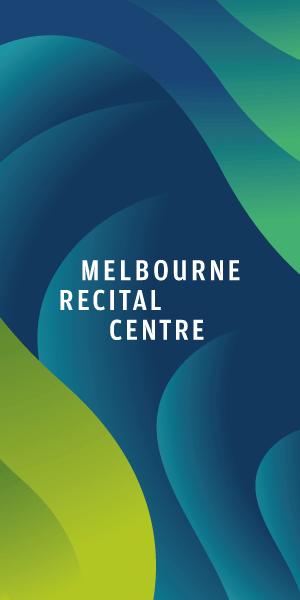Rough sleepers “tip of the iceberg” in homelessness crisis
The City of Melbourne has launched a new homelessness strategy to address the city’s “housing and homelessness crisis”.
People sleeping on Melbourne’s streets were just the “tip of the iceberg” in the city’s homelessness crisis, with many more women and children sleeping in cars or on couches according to the City of Melbourne.
The council’s comments come as it put forward a new Homelessness Strategy 2024-30, which aims to respond to a “vastly changed social and political environment” since its previous guiding document (2014-17).
With the City of Melbourne being one of many agencies tasked with addressing homelessness, the document outlines a continued partnership approach as its central overarching strategy.
A draft version of the new strategy has been underpinned by research undertaken in 2022-23 and was expected to be endorsed by councillors at the February 20 Future Melbourne Committee meeting.
According to the 2021 census, 1163 people were experiencing homelessness in the City of Melbourne, and 130 people were sleeping rough.
However, these statistics were taken during COVID-19 when the Victorian Government accommodated people sleeping rough in hotels during this period, which could account for the decrease.
Statistics from 2020, for instance, indicated more than 300 rough sleepers in the municipality, many of whom congregate in the CBD.
The new strategy reiterated that homelessness was something people experience rather than “who they are” and underlined that it “can happen to anyone at any point in their lives”.
“In our city, we are facing a housing and homelessness crisis, a situation mirrored across Australia and the world,” the document stated.
“Visible homelessness, people sleeping rough on the streets, is just the tip of the iceberg in our homelessness crisis. Many more women, children and families are part of the hidden problem – sleeping in their cars, on other people’s couches and in severely overcrowded or temporary accommodation.”
The strategy prioritises four cohorts: Aboriginal people, people experiencing long-term homelessness, women, and young people (aged 15 to 25).
The council said that these groups had “unique needs not currently met within Melbourne’s homelessness system”. Aboriginal people, for example, were “vastly over-represented” in Melbourne’s homelessness population.
Despite accounting for just 0.5 per cent of the City of Melbourne’s population, five per cent of people experiencing homelessness and 15 per cent experiencing chronic homelessness were Aboriginal peoples.
People experiencing long-term homelessness (for 12 months or more) are identified within the new strategy as having “multiple and complex needs”, which often involved mental health difficulties.
The cohort has elevated rates of depression and substance abuse, often used as a method used “to cope with the dangers, stress and anxiety they face”.
“It is now widely understood that housing alone is unlikely to be an adequate or lasting solution (for this group). Many who have been sleeping rough for an extended time have experienced deep trauma and violence, have complex needs and require physical and mental health support.”
The strategy indicated that the number of women with young children who don’t have anywhere to live has “risen dramatically in the past five years”, with family violence the “primary cause”.
It also indicated that one in six clients of homelessness services in Melbourne are aged 15 to 24, yet the current system “focuses on adults”.
“Young people are caught in this system, and their unique service and housing needs go unmet.”
Research underpinning the strategy identified “many problems” with the homelessness service system at present, including short-term and unstable funding and timely access to healthcare (including mental health).
Community consultation for the draft strategy is open until April 7, and the council has committed undertaking “tailored engagement” with people with a lived experience of homelessness, and key local stakeholders including traders and residents.
Submissions can also be made at participate.melbourne.vic.gov.au. •
What is causing Melbourne’s homelessness crisis?
- Poverty
- Domestic and family violence
- Rental stress
- The gender pay gap
- Poor health
- Trauma
- Job insecurity
- Poor availability/supply of housing stock

City of Melbourne unveils next urban forest plan for the CBD







 Download the Latest Edition
Download the Latest Edition